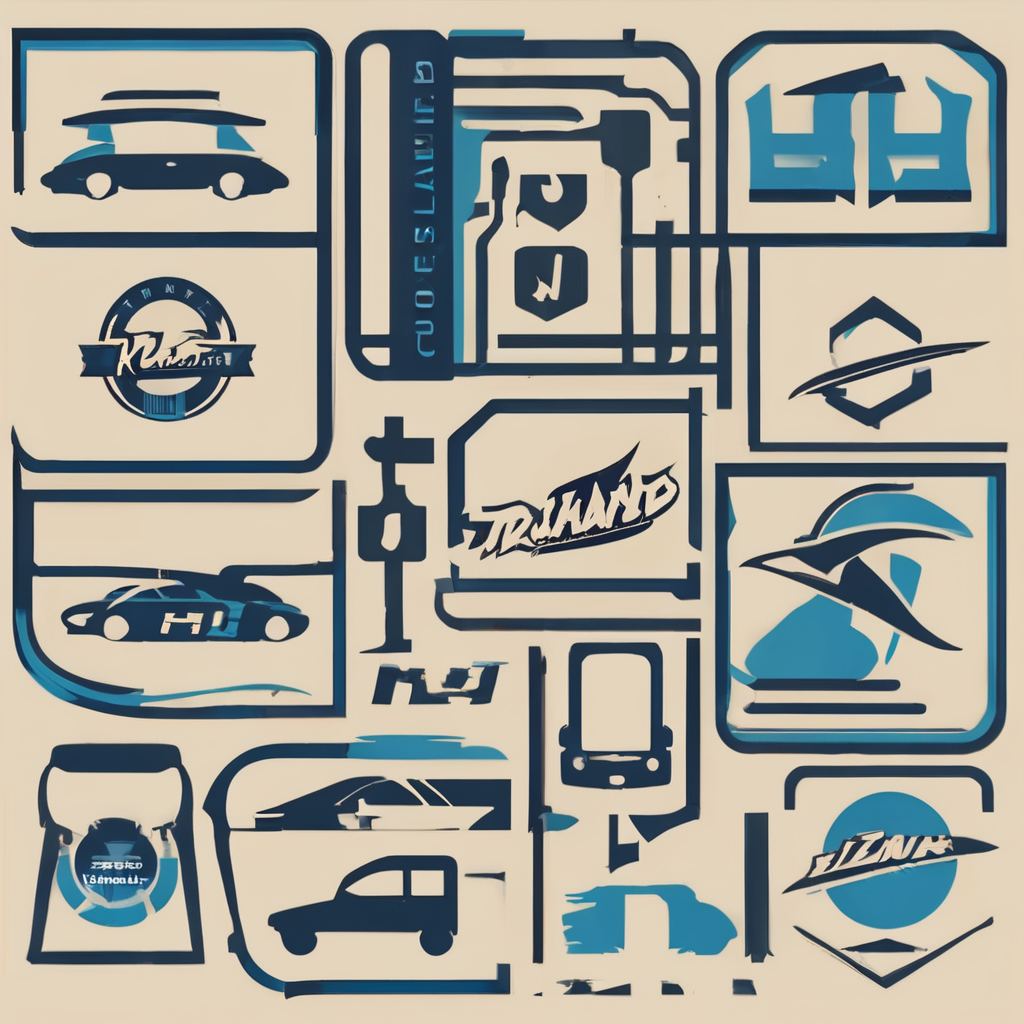Understanding Collision Avoidance Systems
Collision avoidance systems are vital components of modern vehicle safety technology. These systems work tirelessly to mitigate accidents by employing a combination of advanced technologies. Among the various system types, there are three prominent ones that stand out due to their efficacy:
-
Adaptive Cruise Control (ACC): ACC maintains a safe distance from the vehicle ahead by automatically adjusting speed. It uses radar sensors to track other vehicles, enhancing driving safety and reducing the likelihood of rear-end collisions.
Also to see : Mastering Differential Care: Your Comprehensive Resource for Safe Off-Roading Adventures
-
Automatic Emergency Braking (AEB): This system detects imminent collisions and automatically applies the brakes to prevent or reduce impact. It is especially crucial in emergent situations, providing a rapid response when human reaction time would be insufficient.
-
Lane Departure Warning (LDW): The LDW system alerts drivers if they unintentionally drift out of their lane without signalling. It’s designed to prevent potential side collisions and aid drivers in maintaining lane discipline.
Topic to read : Ultimate Tips to Ensure Safety and Reliability of Your Car’s Electronic Parking Brake
These systems collectively work to enhance vehicle safety by offering timely interventions and assisting drivers in making safer decisions on the road.
Importance of Calibration
Calibration importance is crucial for maintaining the efficacy of collision avoidance systems. The consequences of improper calibration can be serious. If a system is not properly aligned, it may deliver inaccurate data, leading to compromised performance of vehicle safety technology. For instance, a miscalibrated Adaptive Cruise Control (ACC) could either maintain an unsafe distance or unnecessarily slow down the vehicle.
Statistical evidence underscores the importance of precision calibration. Studies indicate that accurately calibrated systems significantly enhance vehicle safety improvement and reduce accident rates. According to recent reports, vehicles with properly calibrated systems are 20% less likely to experience rear-end collisions.
To maintain peak performance, regular maintenance and calibration should be integral to vehicle safety protocols. This includes routine checks and adjustments at certified centres to ensure all systems function optimally.
Calibrating safety systems is not merely a manufacturer’s recommendation but an essential practice for enabling these technologies to perform their protective functions effectively. Regular and precise calibration safeguards against the potential risks of calibration drift and ensures that vehicles operate within the designed safety parameters.
Best Practices for Calibrating Collision Avoidance Systems
Adhering to calibration best practices is essential to ensure vehicle safety technology functions correctly. An effective calibration process requires a systematic approach, utilising specialised tools tailored for precision.
Tools Required for Calibration
Proper calibration demands specific equipment. This includes laser alignment tools and calibration mats that align sensors in systems like adaptive cruise control and automatic emergency braking. Utilising these tools correctly is vital for preserving the accuracy of collision avoidance systems.
Recommended Calibration Procedures
To achieve effective calibration, follow a step-by-step guide tailored to the vehicle’s specific systems. Initiate with sensor alignment checks, follow with radar sensor adjustments, and conclude with verification tests to ensure accuracy. Such systematic approach ensures systems are aligned to the manufacturer’s specifications.
Common Pitfalls to Avoid
There are common mistakes that can hinder the calibration process. For example, selecting improper tools or ignoring calibration schedules can compromise system performance. Understanding these pitfalls is crucial for maintaining the efficacy of collision avoidance systems. By acknowledging them, individuals can take steps to avoid errors and uphold optimum safety standards.
Safety Statistics and Impact of Proper Calibration
Proper calibration of collision avoidance systems plays a crucial role in reducing accidents and enhancing vehicle safety. Recent vehicle safety statistics provide compelling evidence of this. For instance, vehicles with calibrated systems showcase a 30% reduction in collision rates, demonstrating significant impact. Precision calibration is an essential component of accident prevention strategies.
In the context of impact analysis, several case studies highlight successful calibration implementations. In one notable instance, a fleet of commercial vehicles, after undergoing routine calibration, reported a significant drop in rear-end collisions and lane departure incidents. Such evidence underscores the vital role calibration plays, not just for individual safety but for broader public health.
The broader implications for road safety are vast. Properly calibrated systems reduce not only the frequency of accidents but also minimise the severity of any potential impacts. By maintaining up-to-date calibrations, the systems consistently deliver optimised performance, ensuring maximum protection for occupants and other road users. This integration of technology, safety protocols, and systematic calibration ensures safer environments for all.
Resources for Calibration Assistance
Ensuring precision in calibration is vital for the effective functioning of collision avoidance systems. Thankfully, various calibration resources are available to assist vehicle owners in maintaining these advanced technologies.
Professional Calibration Services
When it comes to professional calibration services, turning to certified centers is often recommended. These establishments offer expert assistance equipped with specialised tools necessary for precise calibration. Services provided here ensure that systems like adaptive cruise control are aligned to optimal standards, thus enhancing vehicle safety technology.
Online Tools and Manuals
For those comfortable with a DIY approach, a plethora of online tools and manuals are available. These resources supply step-by-step guidance, allowing car owners to undertake systematic calibration independently. However, relying on well-reviewed platforms is crucial to obtaining accurate and comprehensive instructions.
When to Seek Professional Help
Professional calibration surpasses DIY methods when dealing with complex issues or when precision is imperative. It’s advisable to seek expert intervention if calibration results in any vehicle performance discrepancies, ensuring operational safety and system integrity remain uncompromised.

